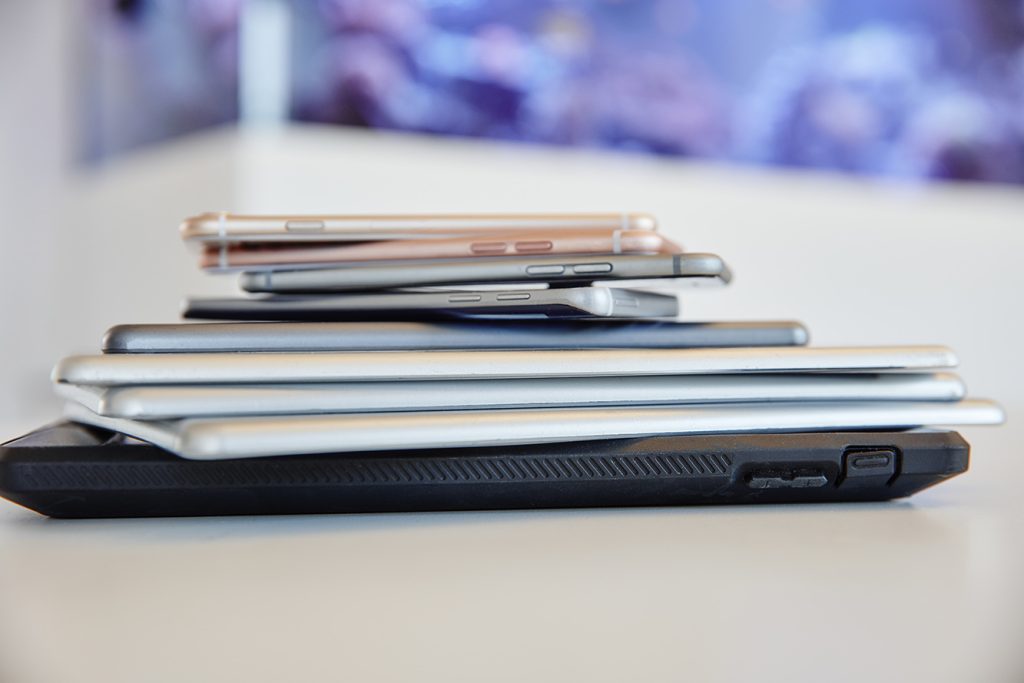We all share a responsibility to ensure that sustainable practices are integrated into the entire lifecycle of consumer electronics. It’s our job to think through the balance of technology, environmental sustainability and economics.
The issue is also important to many connected consumers who worry about the growing e-waste problem. Assurant research shows 67 percent of people who own a smartphone, hearable or wearable, are concerned about electronics getting dumped into landfills.
The concern may come from the fact that people are recognizing their own behavior. In the last five years, 27 percent of respondents discarded more than five connected devices, and 42 percent disposed of more than five chargers and accessories related to their connected devices.
They aren’t alone. Every year, between 50 and 60 million tons of e-waste are generated globally, making e-waste the world’s fastest-growing waste problem. To put those numbers into perspective, that’s the equivalent of throwing away 1,000 laptops every second for an entire year.

Furthermore, the problem is growing. It’s estimated that e-waste will surpass 70 million tons annually by 2030, a 100 percent increase over a 16-year period. Consumers are throwing away older, clunkier models as our electronics and mobile devices get smaller, sleeker, and more lightweight.
The good news is that progress is being made. Manufacturers, for example, have adopted a variety of approaches to sustainability, from recycled packaging to long-term net-zero commitments.
Trade-in and asset value recovery programs for electronics are also primed for more adoption in the CE industry. Most consumers are familiar with these programs thanks to the incentives mobile carriers have been offering to get customers to upgrade to new devices.
Assurant’s survey shows 71 percent of consumers are aware that a secondary market exists for used devices in general, and 60 percent are aware that they can trade in tablets, smartwatches and wireless earbuds.
They also are willing to participate. Of those concerned about e-waste, 79 percent would trade in their used electronics to help curb the growing problem. Among all consumers, two-thirds (66 percent) said they would likely trade in their tablet, smartwatch or wireless earbuds in the future.
What’s great about these programs is that the outcome benefits everyone. Customers benefit from having a more affordable way to upgrade their products, retailers can recoup the value of used devices and resell them into secondary markets, and legacy technology is diverted from landfills. Plus, extending the useful life of a product helps avoid CO2 emissions related to the manufacturing process of a new device.
Another positive aspect is the fact that the commercial networks and technical infrastructure for trade-in and asset value recovery already exist and can be adapted to accommodate a broad range of consumer electronics.
It’s clear that the movement towards a more sustainable future is growing across the CE industry. Let’s continue to work together to deliver solutions that benefit consumers and the market.
By Jeff Unterreiner, President, US Connected Living, Assurant

Jeff is the President, U.S. Connected Living, at Assurant, a global provider of risk management products and services with headquarters in New York City. Its businesses provide a diverse set of specialty niche-market insurance products in the property, casualty, extended service protection and pre-need insurance sectors.















